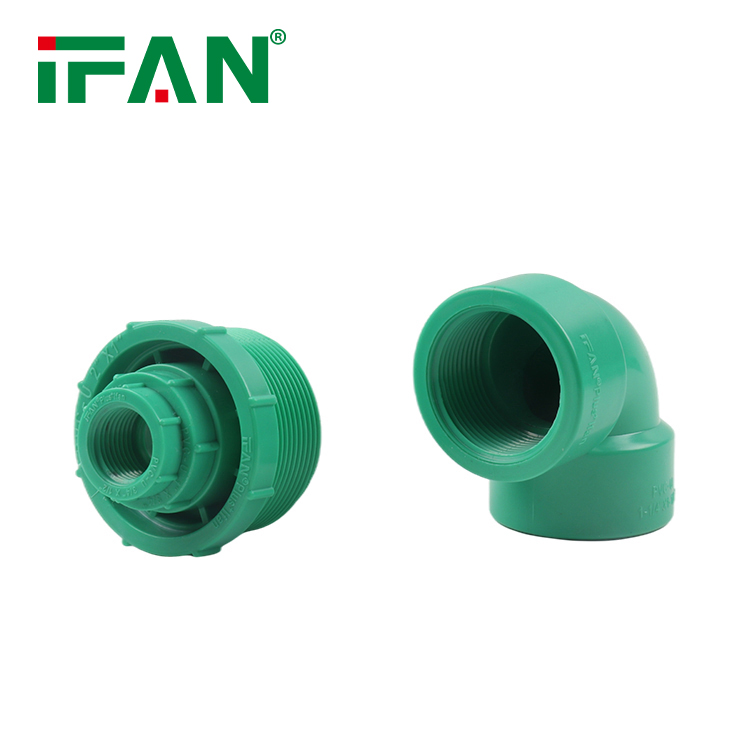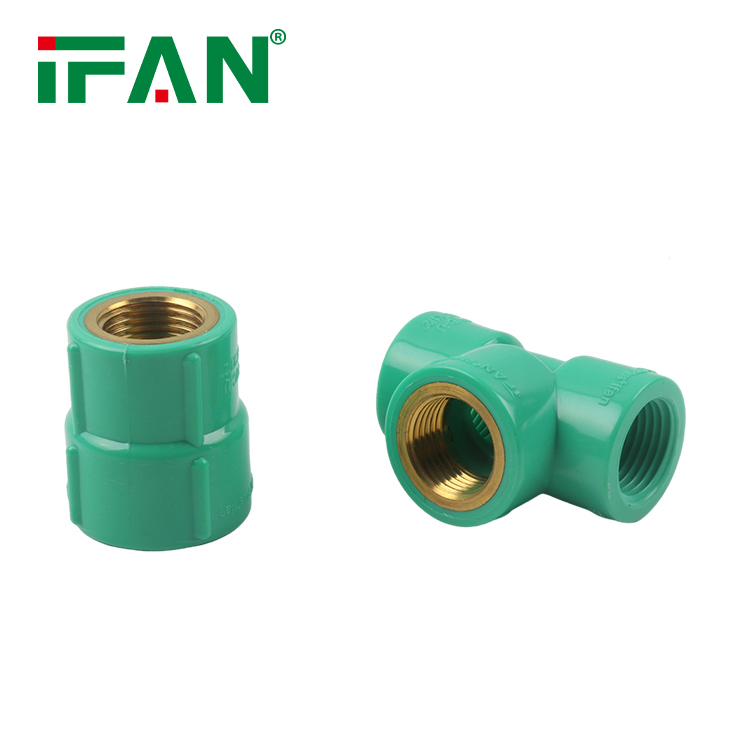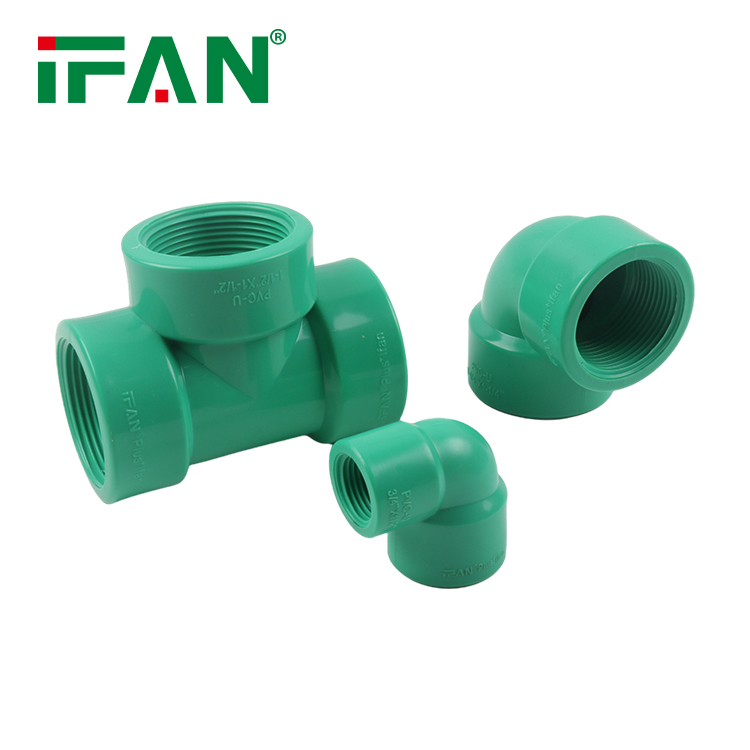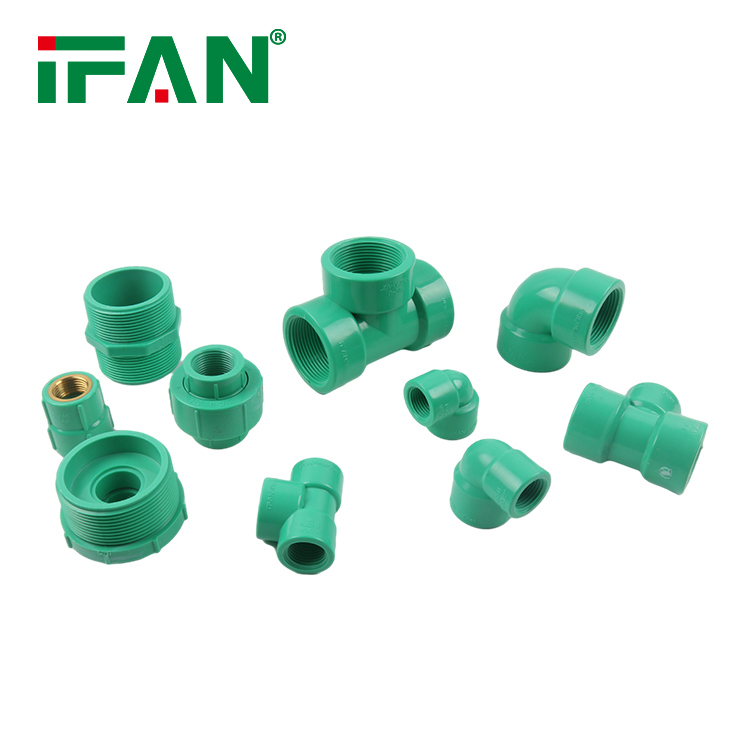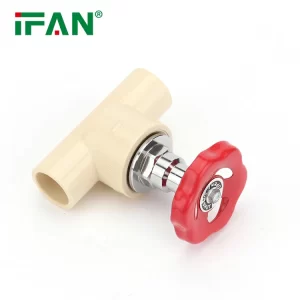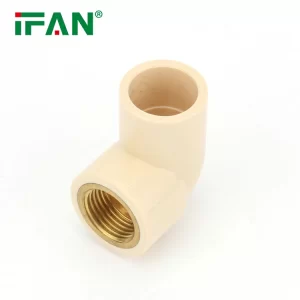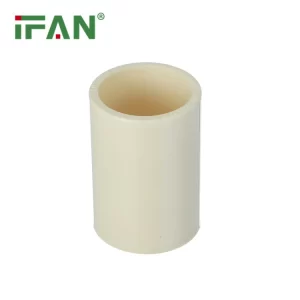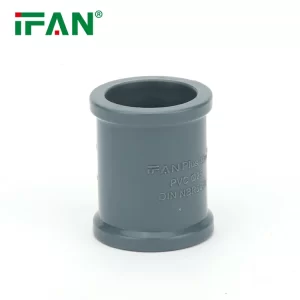Description
IFAN factory 30+ years manufacture experience support color /size customization support free sample.Welcome to consult for catalog and free samples.This is our Facebook Website:www.facebook.com,Click to watch IFAN’s product video.Compared with Tomex products, our IFAN products from quality to price are your best choice, welcome to buy!
Introduction to uPVC Fittings
Unplasticized Polyvinyl Chloride (uPVC) fittings have emerged as a versatile solution in the construction industry, offering numerous advantages across various applications. Unlike traditional materials, uPVC is lightweight, durable, and resistant to corrosion, making it suitable for a wide range of construction needs. This article explores the multifaceted uses of uPVC fittings, highlighting their benefits and potential applications in modern construction.
Applications in Plumbing Systems
One of the most common uses of uPVC fittings is in plumbing systems. uPVC pipes and fittings are ideal for transporting water and wastewater due to their chemical resistance and low friction properties. They do not corrode or rust, which ensures that water quality remains unaffected over time. Additionally, the smooth internal surface of uPVC pipes promotes efficient fluid flow, reducing the energy required for pumping systems. This makes uPVC an excellent choice for both residential and commercial plumbing applications, where reliability and performance are crucial.
Electrical Conduits and Insulation
Beyond plumbing, uPVC fittings are also widely utilized as electrical conduits. Their excellent insulating properties make them safe for housing electrical wires, protecting them from external elements and reducing the risk of electrical faults. uPVC conduits are lightweight and easy to install, which simplifies the construction process. Furthermore, their resistance to harsh weather conditions and chemicals ensures durability, making them suitable for both indoor and outdoor applications. This versatility allows builders to efficiently integrate electrical systems within various structures.
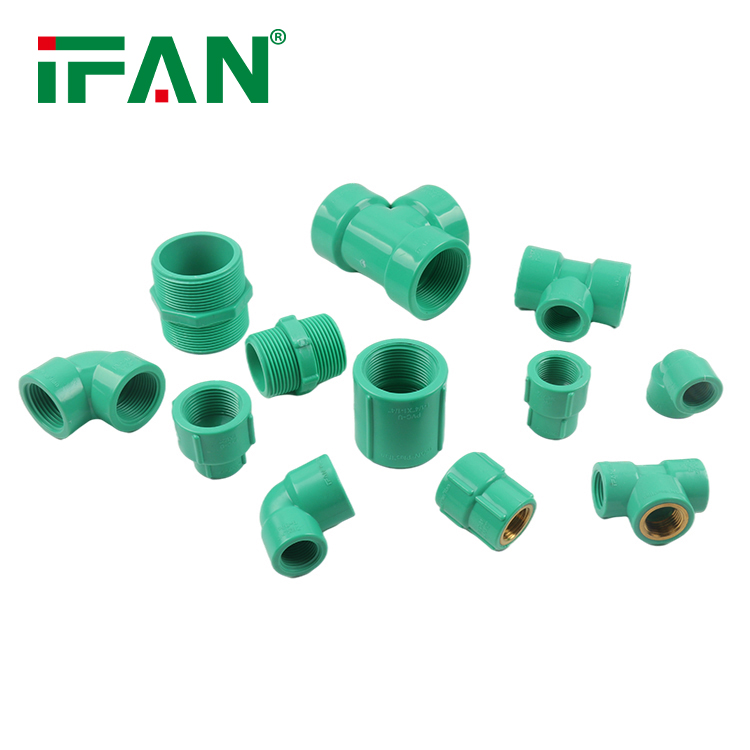
Window and Door Frames
uPVC fittings are increasingly popular in the production of window and door frames. The material offers exceptional thermal insulation, helping to maintain comfortable indoor temperatures while reducing energy costs. uPVC frames are available in a variety of designs and colors, allowing architects and homeowners to customize aesthetics without sacrificing functionality. Additionally, uPVC is resistant to fading, warping, and cracking, ensuring that windows and doors remain attractive and effective for years. This adaptability makes uPVC a favored choice for modern construction projects focusing on energy efficiency and design flexibility.
Use in HVAC Systems
Heating, ventilation, and air conditioning (HVAC) systems also benefit from the use of uPVC fittings. The material’s lightweight nature reduces the overall weight of HVAC installations, making them easier to handle and install. uPVC ducts are resistant to moisture and corrosion, which extends their lifespan and enhances system efficiency. Moreover, the smooth interior surfaces of uPVC ducts promote better airflow, resulting in improved energy efficiency for heating and cooling systems. As sustainable building practices become more prevalent, the role of uPVC in HVAC applications will continue to grow.
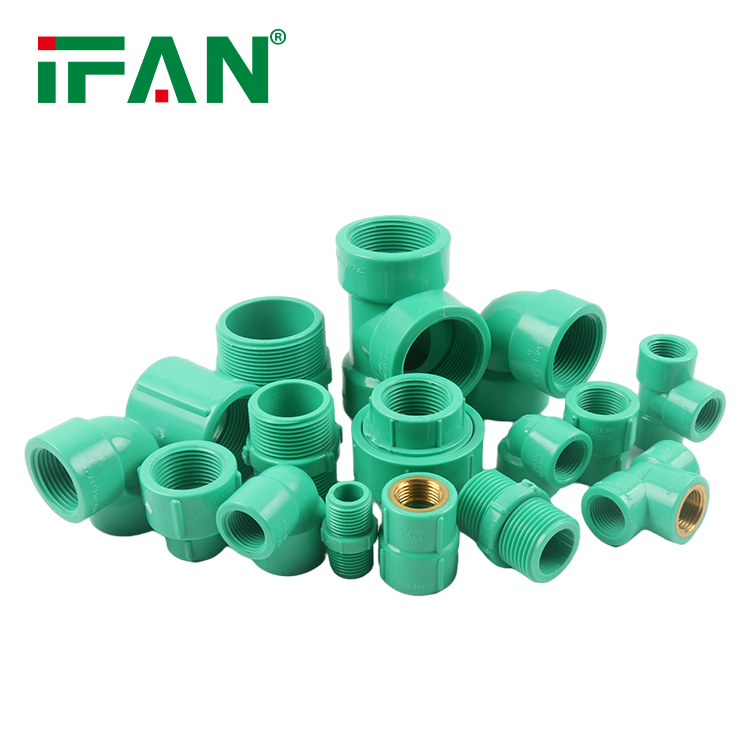
Environmental Considerations and Sustainability
The versatility of uPVC fittings is further underscored by their environmental benefits. Many manufacturers are now adopting recycling practices, enabling uPVC products to be repurposed at the end of their life cycle. This aligns with the principles of sustainability, as it reduces waste and conserves resources. Additionally, the energy efficiency gained from using uPVC fittings—through reduced energy consumption and lower carbon emissions—contributes positively to environmental goals. As construction moves toward greener practices, the adoption of uPVC fittings will likely increase, solidifying their place in sustainable building solutions.
Conclusion: The Future of uPVC Fittings
In conclusion, the versatility of uPVC fittings in construction cannot be overstated. Their applications span plumbing, electrical systems, window and door frames, HVAC systems, and beyond. With their durability, insulation properties, and environmental advantages, uPVC fittings provide unmatched benefits for modern construction projects. As the industry continues to evolve, embracing innovative materials like uPVC will be crucial for achieving efficiency, sustainability, and design flexibility in future construction endeavors. The ongoing development of uPVC technology will undoubtedly enhance its role in shaping the buildings of tomorrow.
Related products


